Waihia / Whangamata
The Martha Mine
After leaving we drove for a bit
more along the ocean and then with a lot of other cars (as this is the
non-pay-route to Auckland) towards Waihia. Here we stop to check out the famous
Martha Mine. First stop at a viewpoint and before we even could check out the
Mine we saw one of those super huge truck – yes we are very familiar with big
trucks: this is a caterpillar 777 Dump truck – after admiring it we finally
came to the Mine Rim and looked down: wow is that an ever huge Pit hole!!!!
Gine read that there is a contract that they can mine until 2028 – but from
what we see with all those growing plants nothing is going on right now (or we
can’t see it). It is super amazing; we walked a bit along the rim – then went
to another viewpoint and then finally parked near the old Pumphouse to check it
out: I think we saw enough of the mine pit hole. Along here at the fence they
also had WWI centennial Poppies for all 420 people from this town serving in
the war.
Before leaving the town we slowly
drove along the main road which is super pretty and has some super cool Waihia Goldtown
appropriate circles. We leave the town through a row of Palm Trees.
Waihia – New Zealand’s heart
of gold:
- Wahia is another gold and silver mining town, it started in 1878: during the mining time they built some big buildings, during 1935 and the great depression the gold output peaked – the mine closed in 1952 (until then it was an underground mine) and then the mining restarted in 1988, they still have approved mining until 2028
- Not everyone got lucky in 1878 two guys came here and worked tireless for month with the picks getting two tons of rock out with only a few shillings worth of gold
- Gold was also discovered near Coromandel in 1852 and then in Thames in 1867
- The guy claiming the mine in 1882 named it after a family member
- Originally it was an underground-tunnel mine: when it closed there were 16 different levels of tunnels up to 600 m deep in the ground, overall, 175 km of tunnels!!!! (can you believe it), the tunnels were supported with timber – those were hardworking men as well some hard-working horses who lived for years underground: but this was what made the town of Waihi
- Today the mine is the center of the town: it is a huge open pit
- It is one of the World’s most significant gold and silver mines of its time: thousands of miners worked here and extracted over 174.000 kg of gold and over a million kg of silver
- After drilling and blasting, they loaded the ore onto those huge dump trucks it took 2-3 minutes to load one with 85-100 tons (5 excavator buckets) they had 15 trucks here and in an 11-hour shift hauled 50.000 tons of material out of the mine – but then the truck has 1000 hp –it was not cheap to maintain as the tire replacement alone is 9000 $ and it uses 77 l per hour. This truck we saw, worked from 1985 until 1997 in different mines and drove for 45.700 hours like 2.5 Million kilometers
- The Cornish Pumphouse from 1904 (by the way it got moved in 2006): they needed it to de-water the tunnels and pulled water out of a 400 m deep shaft: 7000 l of water per minute, it was used until 1913 when the steam powered engine got replaced with electric ones. In 2005 they discovered that the land underneath the pumphouse was unstable and they said “we either move it or lose it” – the 1960 Shaft collapsed and as the current mining company had to take care of all necessary precaution to protect historic buildings they moved it on Teflon pads and pushed and pulled it and moved it 296 m: it took from Aug to Nov in 2006
Owharoa Waterfalls
If a waterfall is right on our way
– we stop, and only a 2 Min walk to this super nice looking waterfall (does it
really take 2 Min to walk 50 m!!!) – that is a big reward for only a little bit
of walking. We didn’t linger as we have so much on our list today (and not
enough time!!!)
Karanghaka Gorge
- The walkway follows the old railway trail which opened in 1905 and runs from the old stamper battery which got built in the 1890s: by the way the railway closed when the tunnel opened in 1978: and the tunnel is lined with 5 layers of brick!!! And it goes uphill (no wonder the running up was harder)
- In 1893 New Zealand Crown Mines built a state-of-the-art gold and silver processing plant (battery) here: They were the first ones in the world to commercially trial cyanide treatment in gold processing, which soon got adopted by other gold mining operations in NZ and around the world - The Crown mine produced 351.736 oz of gold
- Tanks full of finely-pulverised ore went through a dilute potassium cyanide solution for 5 days; the cyanide solution then hold the gold and silver and went through wooden boxes where it precipitated in a black sludge on zinc shavings, the zinc got then dissolved by sulphuric acid and you have the gold and silver: this patent was established in 1887
We are now heading into the
Karanghaka gorge – a super wonderful drive along the little river and the steep
rock cliffs. We then saw a sign Parking for walks but it was all full, so we
continued on and found a parking lot and then discovered that it is actually
the parking lot we wanted to go to. On a cool bridge (which we think was the
old train bridge) we crossed over to head into the 1.1 km long old train tunnel
– we could see way far back the exit – Paul said he didn’t need to walk through
– so Gine jogged through and back – it was dark inside and no, there was not a
lot new to discover on the other side as you are come out where we drove with
the car earlier.
We (Gine a bit more closely than
Paul) checked out the old concrete ruins from the old Crown Mine, and another
little tunnel to peak inside as well as a lot of concrete ruins.
Victoria Tramway and Battery
Museum
- This was the largest gold crash battery in NZ and built in 1897, most structures got removed after it stopped working in 1952
This is our next stop – as we
drove down the road we were wondering if this is not for cars as nearly
everyone biked or walked – so we were happy to discover that other cars drove
along here too. This is the old gold processing site and with lots of ruins, the best once was the cyanide
tanks: we loved to walk through here and see the huge old iron cylinders
hanging there and walking like through a labyrinth –we did walk on the train
tracks to cross over the little creek.
Old Holdens at the Waikino
Hotel
As we headed back we saw a lot of
old cars – and that means we had to stop and check them out and they were
nearly all old Holdens, some cars we never saw before, we had a lot of fun to
check them all out. And there was one more car we also never saw before a
Zephyr.
Chevy or Holden????
- Holden got founded in Australia in 1856 as a saddlery business, in 1908 they went into repairs of car polstery, in 1917 they started a new Holden business and specialist in car bodies by 1923 they made 23.000 bodies for Ford and also for GM – the bodies they made could go on all different kinds of chassisis: Austin, Buick, Chevy, dodge, Fiat, Oldsmobile, Studebeker…
- In 1926 GM established an assembly plant in Australia and used bodies from Holden and in 1961 Holden and GM merged
- The first “holden” was built in 1945 and it was the first Australian made car, it was made for Australian conditions with amble clearance
- During the early 1990s there were even assembly lines in NZ
- Holden stopped building cars in 2021 – overall they built 7.7 Mill vehicles
The Waikino Hanging Bridge:
- Through our lives – towards the plains – round and round – home to rain – and still the river flows (Ohinemuri)
And as right where we parked is
the Waikino Hanging bridge, we had to walk on it to feel the swing and check
out the views on the river – it is so pretty. Now we are ready to leave the
area and head further north on the Peninsula.
Curvy Roads of NZ:
The next hour drive was all curves
– and I think I should now mention, here in NZ we always drive on curvy windy
roads – it is like they do not know the meaning of a straight road. What is
cool is they have at each curve a sign and you know how fast you can drive from
85-75-65-55-45-35-25 we drove them all and some of them a whole lot!!!! I guess
it is made so the tourists don’t get bored.
Heading onto the Coromandel
Peninsula:
- This is one of NZ’s most ruggedly beautiful regions with waterfalls, secluded hot springs, huge expanses of windswept beaches with driftwood and gold mines
- During the 19th century the peninsula was exploited for kauri timber, kauri gum and gold – but there is still some of the old forest left (by the 1930s there was nearly no kauri left)
- Here are some of Norlands best white sand beaches and picturesque stony bays
- The area was for a long time a refuge for alternative life stylers
Whangamata – the Pride of
the coromandel:
- We are at the South east end of the Peninsula and they call it the Paradise Coast with a 4 km long beach
- The town itself started out with a few gumdigger huts in the 1880s
- First the steam ships came and with no wharf the ships had to nose into the sand at high tide and then float out with the next one came, once mining declined by the 1930s the ship only came every 3 months
- By 1923 they started to built a road: it was a clay track with flat stones over the rivers, because the road was so narrow they phoned from Waihia to Whangamata to check in which direction a car is leaving and then you had to wait until that one arrived before heading out.
- In the distance you can see the Mayor island Tuhua it is 39 km away and a dormant volcano, it started to erupt around 130.000 years ago and merged out of the water 35.000 years ago, it erupted every 500-1000 years. And when Captain Cook came here in 1769, he called it the Mayor in recognition of Lord Mayor’s day. The islands a bit closer are Hauturu (Clark Island) and Whenuakura (Dunut island)
At the Whangamata Beach:
Then we arrive in Whangamata and
find our little container house for a night: after a coffee we set out again
this time towards the Beach, which is actually a super pretty beach. But before
we enjoy it we see a Holden driving in, we talk with them which was a lot of
fun, and we learned that last year they had the whole summer rain!!!! They told
us that we are super lucky with the weather this year. Good thing we didn’t
plan to come last year, I don’t think we would have been happy.
Here you have a nice rounded beach
with two islands, at one spot is a little sandbank and you can see the waves
crashing rectangular to each other super pretty as well you have some wonderful
views down the coastline, and you have everything nice flat beach, waves to
jump in, fun in walking, sand dunes to enjoy – what do you want more. Paul
relaxes in the sunshine and Gine was for nearly 1.5 hours out to walk along the
beach.
I would say we deserve a nice
supper and get ourselves two nice wraps Paul with steak and Gine with lamb – now
which one is better.
Whangamata Wharf
This morning before heading out:
we first went shopping because for the next two nights we will be in a little
town of 500 people and there is no supermarket and then the options are a half
hour drive or using the ferry and to walk. Once we accomplished this we drove
to the wharf as we thought we will have a nice view: ok we did have a nice view
but we also discovered that here the water is warmer and less wavy and still a
sandy beach, the wharf is actually used to jump into the water…. Guess we could hang around here another day đŸ˜Š

 Whangamatā, Waikato, New Zealand
Whangamatā, Waikato, New Zealand
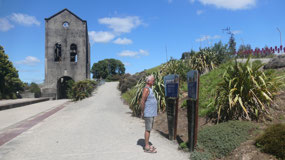
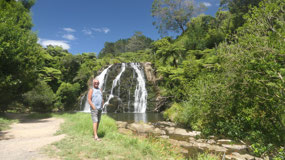

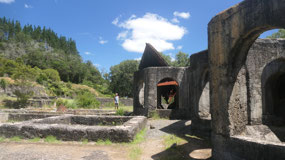

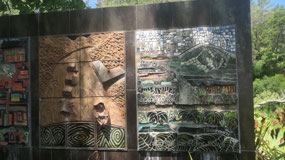

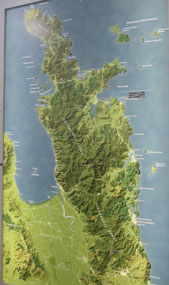
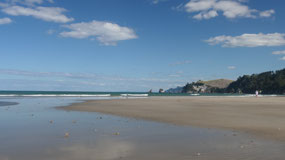
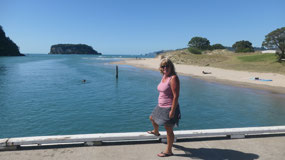



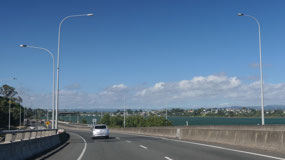
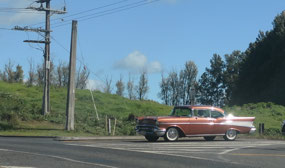
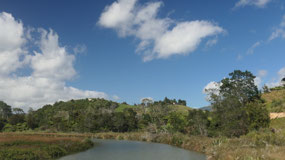
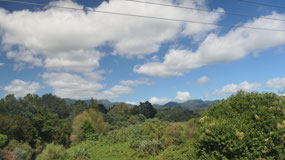
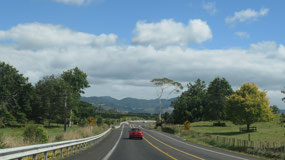
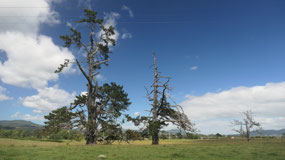
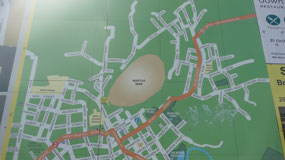

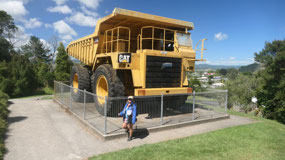
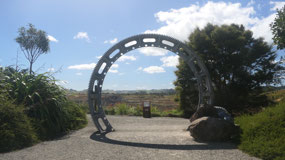
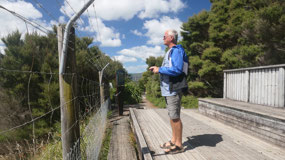
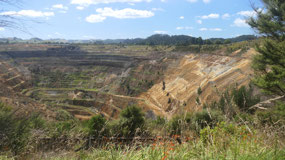
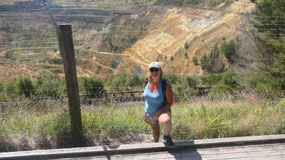
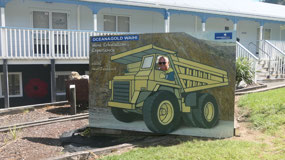
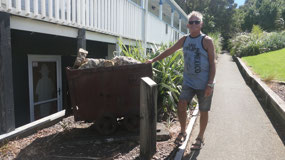
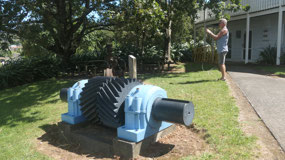
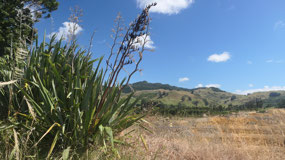

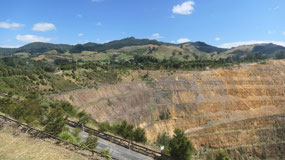
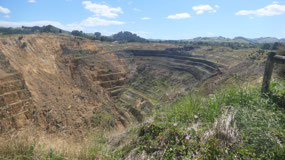
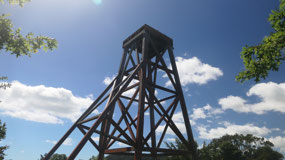
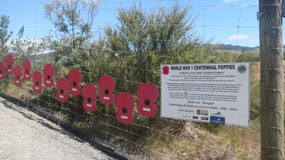
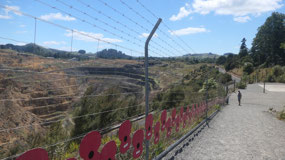
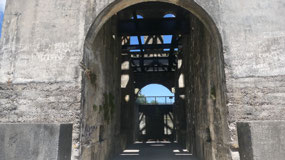
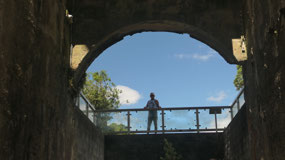
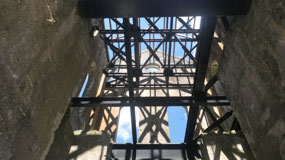

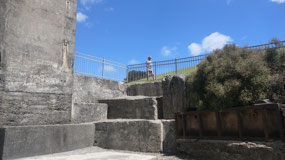
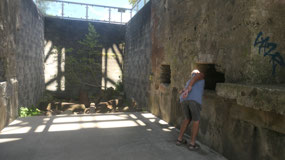
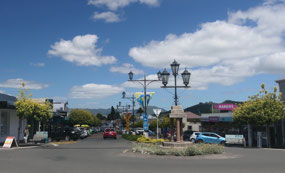
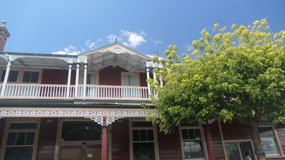
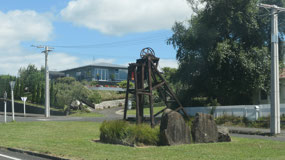
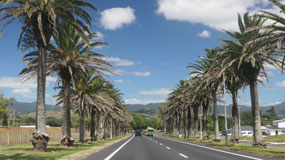
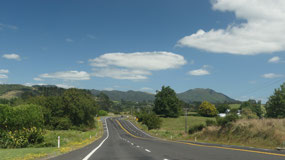
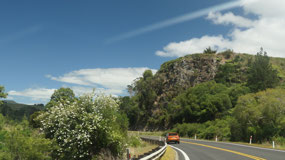
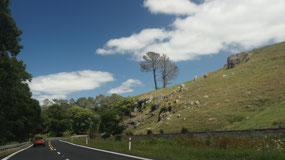
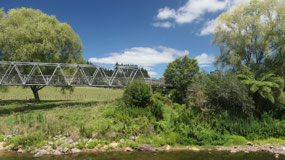
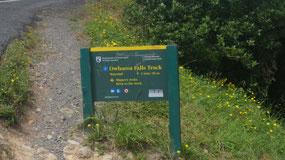
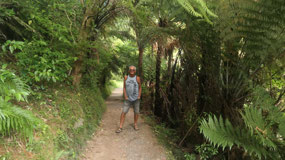
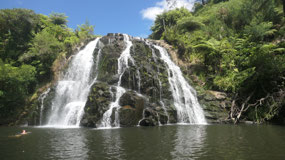
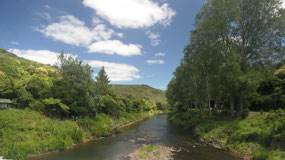
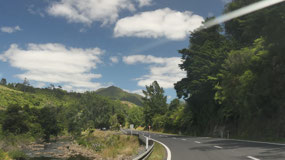
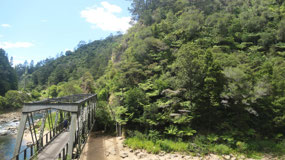
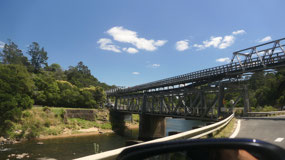
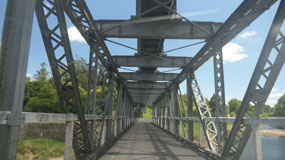
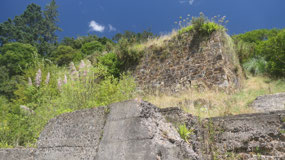
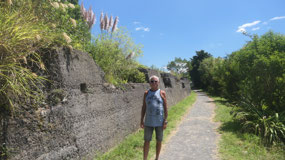
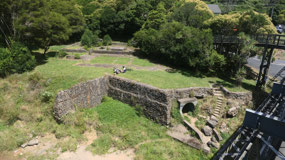

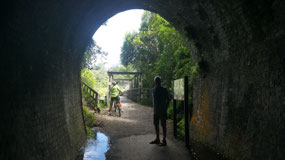
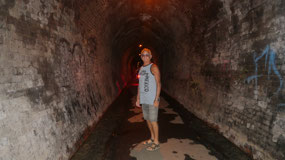
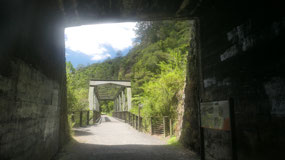
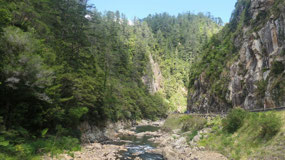
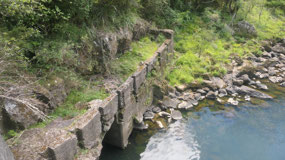
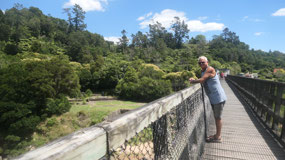
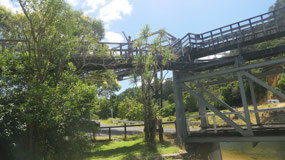
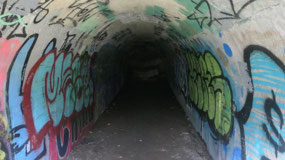
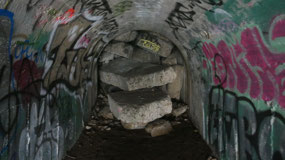

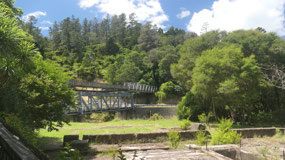
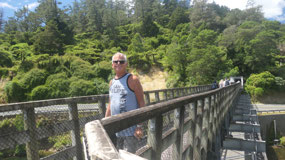
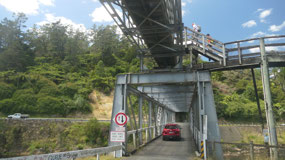
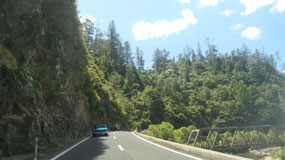
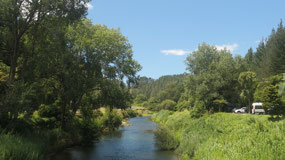
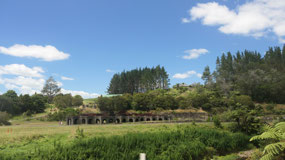
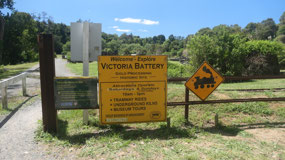
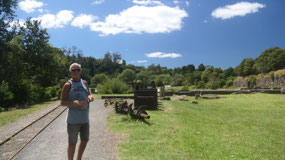
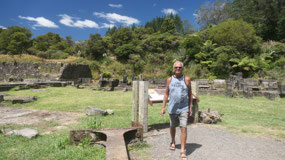
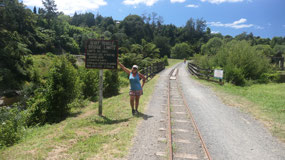

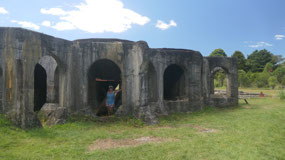
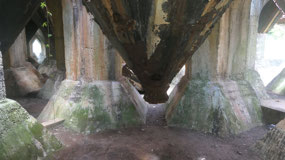
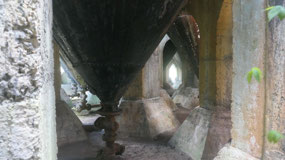
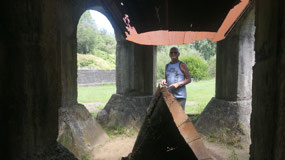
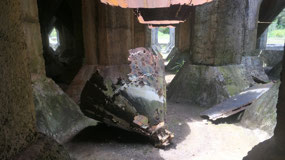
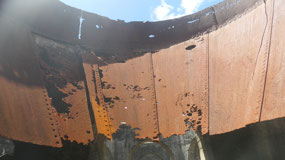
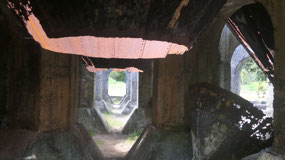
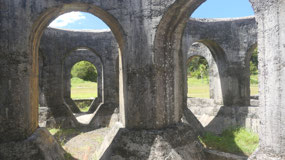
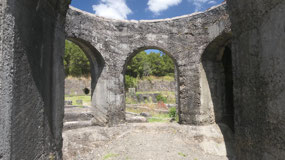
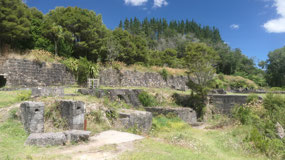
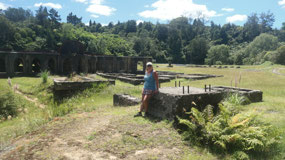
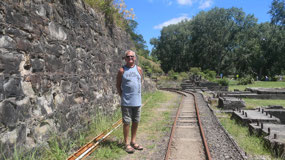

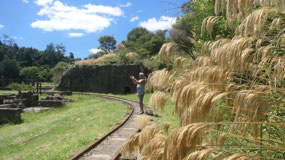
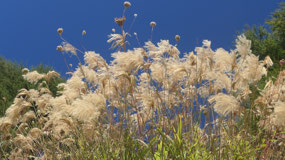
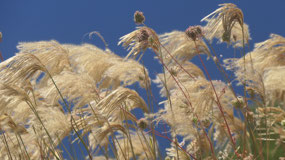
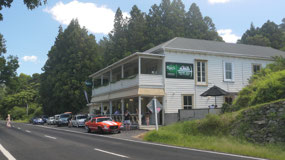
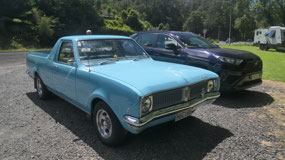
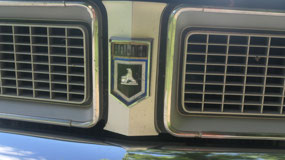
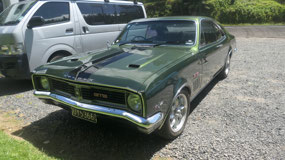
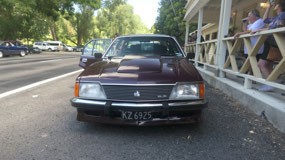
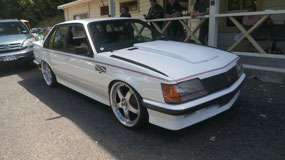
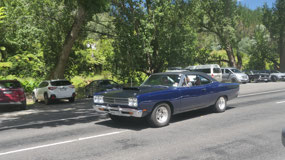
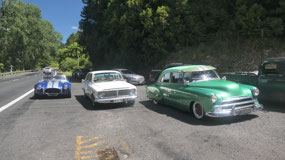
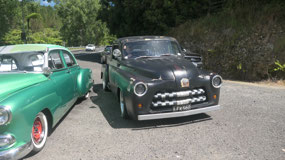
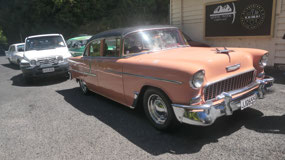
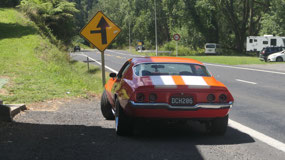

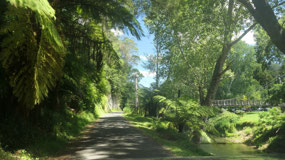
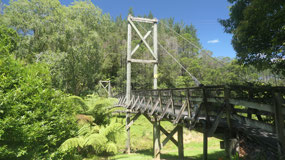

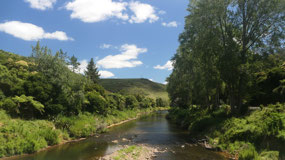
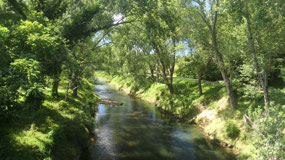
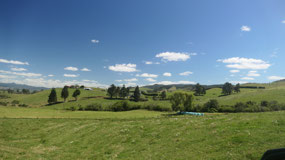
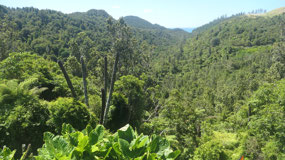

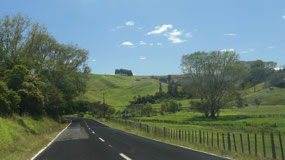

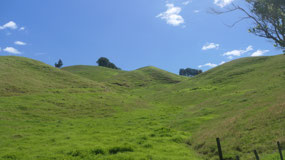
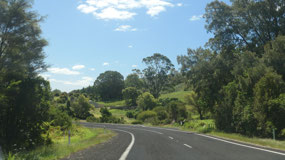
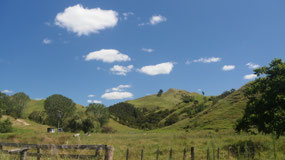
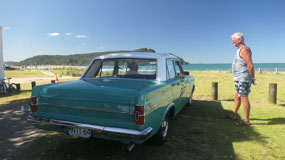
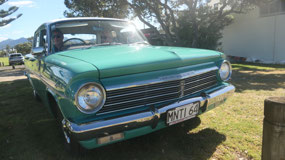
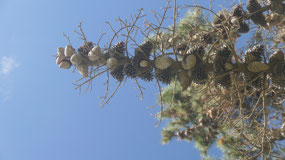
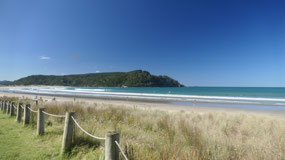
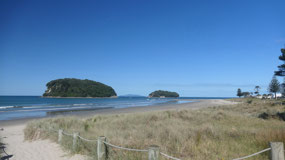
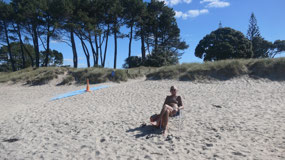
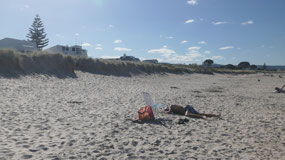
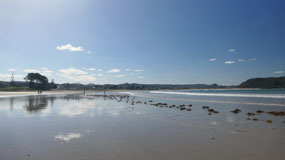
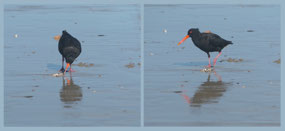
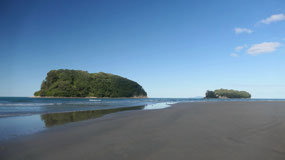
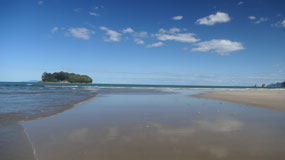
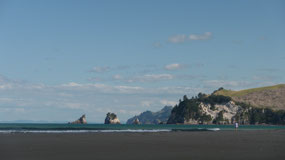
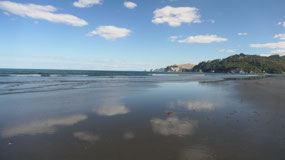
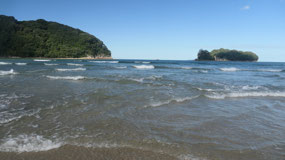
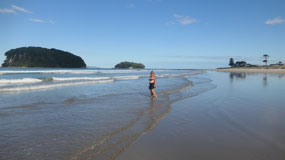
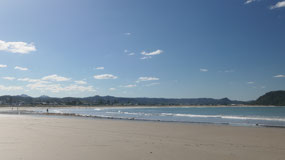
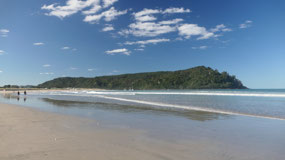
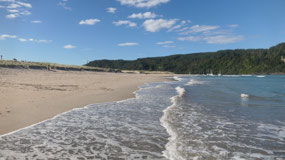
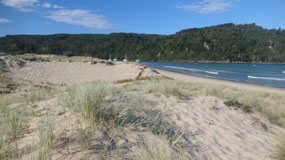
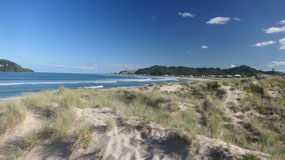
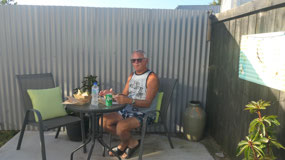
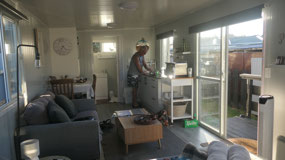
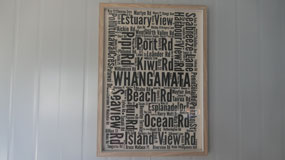
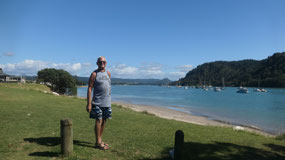
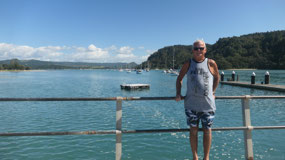
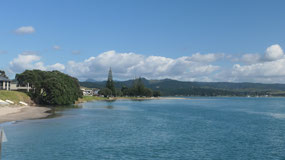
2025-05-23